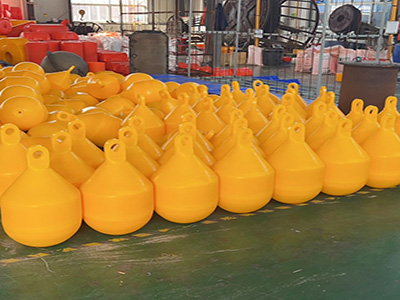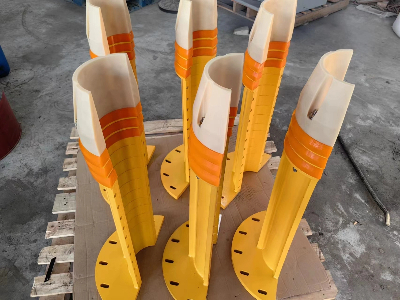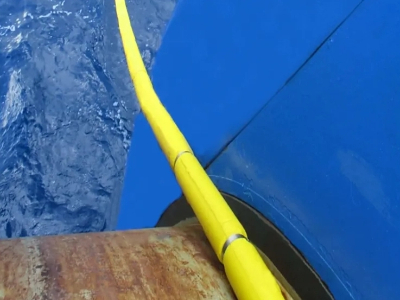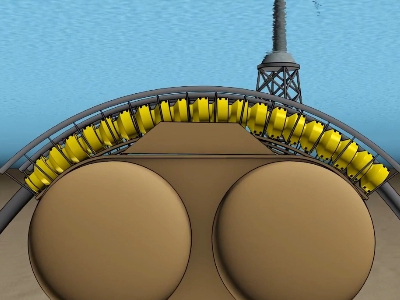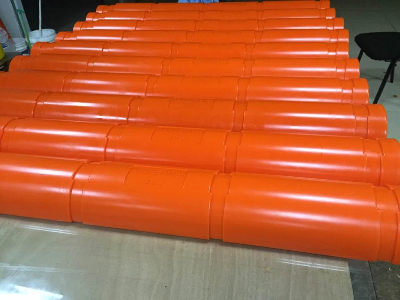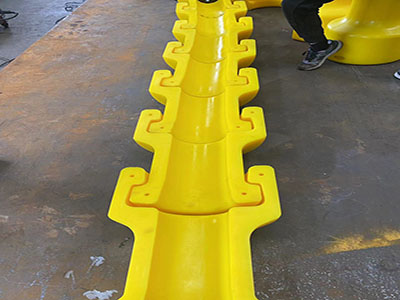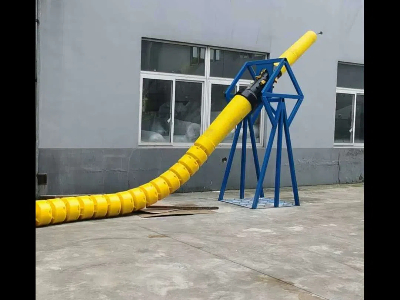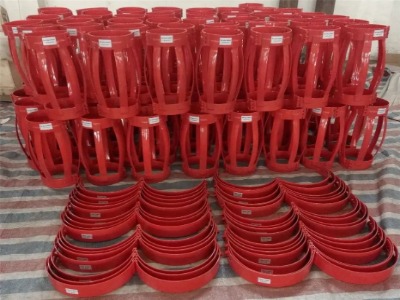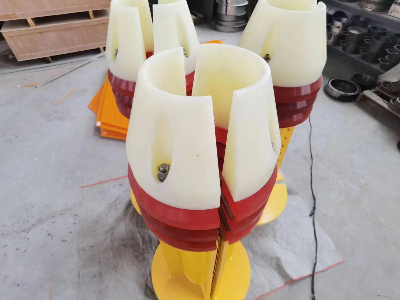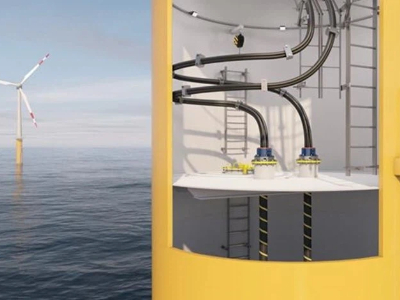A Vertebrae Bend Restrictor (VBR) is engineered to protect umbilical cables from damage caused by overbending, counteracting the effect of applied loads that might kink or buckle the internal conduits of an umbilical, cable, flexible riser pipe, or MUX line. From a technical standpoint, the advantages of VBR (Vertebrae Bend Restrictor) are concentrated in three core dimensions: precision protection, working condition adaptability, and structural reliability. Its design and performance fully meet the strict requirements for pipeline protection in deep-sea oil and gas development, and can be specifically broken down into the following four points:

1. Bionic Modular Structure
The core advantage of VBR stems from its "vertebrae-like" segmented modular design, which technically addresses the pain point of traditional protective devices being "either too rigid or too flexible":
Flexible Compliance: Multiple sets of independent modules are connected in series via hinges. They can rotate flexibly according to the normal bending needs of pipelines during installation and operation, without restricting the reasonable deformation of pipelines and avoiding additional stress caused by rigid constraints.
Rigid Limitation: Preset mechanical limiting structures between modules can accurately control the minimum bending radius of pipelines. This physically eliminates excessive bending and completely prevents kinking or buckling of internal conduits in umbilicals and flexible risers.
Ease of Disassembly and Assembly: The modular design supports the replacement of individual modules without the need for overall removal. During deep-sea maintenance, only ROVs (Remotely Operated Vehicles) are required to complete local maintenance, significantly reducing operation difficulty and costs.
2. Load Self-Adaptability
In the deep-sea environment, pipelines need to withstand multiple loads such as tidal tension, platform vibration, and ocean current impact. VBR achieves efficient offset and dispersion of loads through technical design:
Dynamic Load Buffering: Elastic connectors between modules can absorb instantaneous impact loads, reducing the load peak by 30%-50% and avoiding structural damage to pipelines caused by sudden stress increases.
Static Load Dispersion: For static loads such as the pipeline's own weight and long-term tension, VBR can distribute local stress along the entire length of the device through uniform force bearing of multiple modules, preventing damage to the outer sheath or internal structure of the pipeline due to concentrated stress at a single point.
Multi-Pipeline Adaptability: By adjusting the inner diameter of modules and limiting parameters, it can be adapted to different types of pipelines such as umbilicals, MUX lines, and flexible risers. Moreover, it can optimize load distribution according to the stress characteristics of multi-conduit composite pipelines, avoiding functional failure of local conduits due to uneven force bearing.
3. Resistance to Extreme Environments
The technical advantages of VBR are also reflected in its strong adaptability to the high salinity, high pressure, and low temperature extreme deep-sea environment, which mainly relies on material selection and special processes:
Corrosion-Resistant Material Combination: Mainstream products adopt a combination of titanium alloy frame, reinforced composite shell and fluororubber seals. Among them, the salt spray corrosion resistance of reinforced composites is more than 10 times that of traditional steel, and the titanium alloy frame can withstand the high pressure of water depths exceeding 1500 meters.
Low-Temperature Performance Optimization: For polar or deep-sea low-temperature environments, the curing process of composite materials is adjusted to ensure that VBR still maintains flexible rotation between modules at low temperatures, avoiding limiting failure caused by material embrittlement.
Anti-Biological Fouling Design: The surface of some high-end VBRs adopts low surface energy coatings, which can reduce the attachment of marine organisms. This prevents changes in the stress characteristics of the device due to biological accumulation and ensures long-term protection effects.


